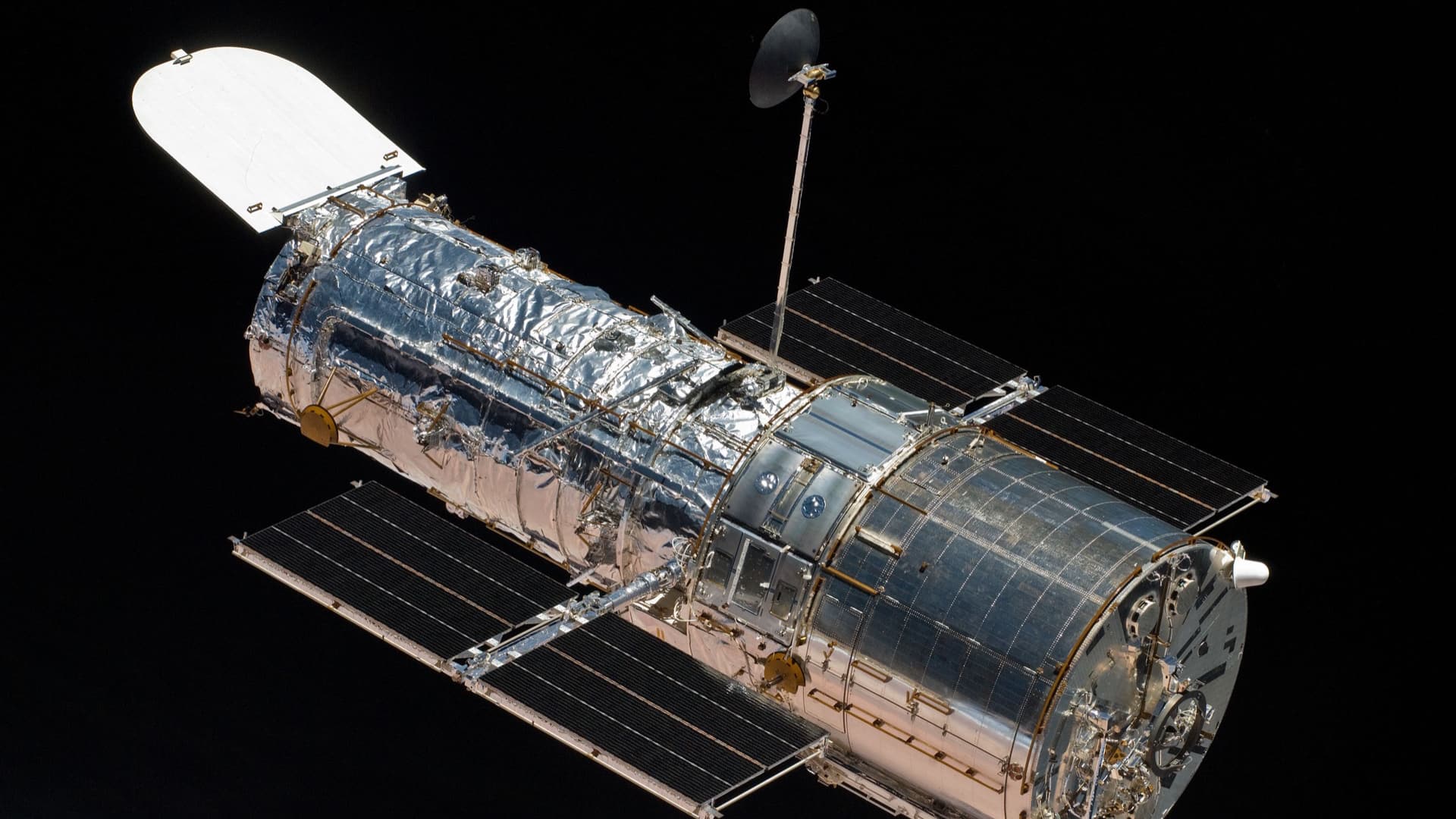
The Hubble Space Telescope has spent over three decades doing cutting edge science but is due to burn up in a controlled reentry at some point in the future unless someone intervenes.
One of the balancing acts that was decided upon when the Hubble Space Telescope was first conceived was that between serviceability and longevity. It needed to be close enough to get to by the then active Space Shuttle program for repairs and upgrades, but that meant a low earth orbit (LEO) of approx 540km (335 miles) that would eventually decay and lead to its fiery annihilation upon reentry.
It’s a conundrum that has vexed astronomers and scientists for decades now. Hubble has lasted a long time in a hostile environment and, despite the odd glitch and malfunction its main systems are still going strong, its electronics seem good for a while yet, and it has sailed past every end of life deadline given it.
Orbital mechanics and atmospheric drag at LEO altitudes, however, aren’t something that can be jiggled and tweaked from Mission Control. Quite when Hubble’s orbit will decay to the point where NASA has to play its ‘controlled reentry over the Pacific’ card is subject to several different fluctuating criteria, but best guess at the moment seems to be somewhere between 2028 and 2040.
Or, at least it was.
During the five service missions to Hubble undertaken by the Space Shuttle, NASA boosted its orbit a little each time and the Administration is now undertaking a feasibility study to see if that could be done again using the current spacefaring craft at its disposal. It’s been working with SpaceX to investigate the possibilities of a remote boost, and just before Christmas threw the doors open to ask anyone else interested to pitch in.
It wants to “…seek additional information about commercial capabilities available to reboost a satellite in orbit, using Hubble as a demonstration, at no cost to the government. There are no plans at this time for NASA to conduct or fund a dedicated Hubble servicing mission.”
So, it’s not a cashola mission. But it is high profile, and the clear implication is that if it is demonstrated to work then there might be plenty more bits and pieces floating around in LEO that could benefit from whatever is developed to make it so. “While Hubble and Dragon will serve as test models for this study, portions of the mission concept may be applicable to other spacecraft, particularly those in near-Earth orbit like Hubble,” says NASA.
The various teams involved expect the study to take up to six months, collecting technical data from both Hubble and the SpaceX Dragon spacecraft. This data will help determine whether it would be possible to safely rendezvous, dock, and move the telescope into a more stable orbit. And, if it does, then Hubble could continue to do science in concert with the James Webb Space Telescope for multiple years still yet to come.
Tags: Technology Space


Comments